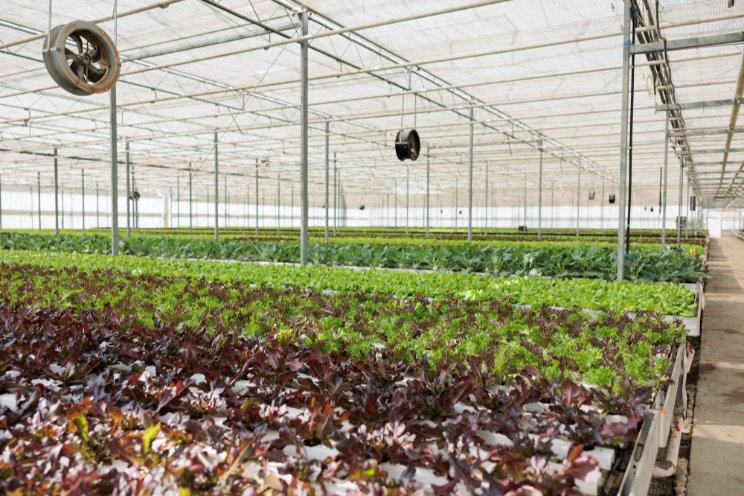Microbes could help reduce the need for chemical fertilizers
Added on 15 February 2024

Bacteria that can convert nitrogen gas to ammonia could not only provide nutrients that plants need, but also help regenerate soil and protect plants from pests. However, these bacteria are sensitive to heat and humidity, so it's difficult to scale up their manufacture and ship them to farms.
To overcome that obstacle, MIT chemical engineers have devised a metal-organic coating that protects bacterial cells from damage without impeding their growth or function. In a new study, they found that these coated bacteria improved the germination rate of a variety of seeds, including vegetables such as corn and bok choy.
This coating could make it much easier for farmers to deploy microbes as fertilizers, says Ariel Furst, the Paul M. Cook Career Development Assistant Professor of Chemical Engineering at MIT and the senior author of the study.
"We can protect them from the drying process, which would allow us to distribute them much more easily and with less cost because they're a dried powder instead of in liquid," she says. "They can also withstand heat up to 132°F, which means that you wouldn't have to use cold storage for these microbes."
Benjamin Burke and postdoc Gang Fan are the lead authors of the open-access paper, which is published in the JACS Au. MIT undergraduate Pris Wasuwanich and Evan Moore are also authors of the study.
Protecting microbes
Chemical fertilizers are manufactured using an energy-intensive process known as Haber-Bosch, which uses extremely high pressures to combine nitrogen from the air with hydrogen to make ammonia.
More news















